Bioresources and Human Environment
Synopsis
Biologically active compounds from plant sources have had a dramatic impact in medicine, such as quinine for treatment of malaria; reserpine for controlling hypertension; cocaine as a muscle relaxant; and vincristine for treating children with leukaemia. Tropical plants have an enormous, untapped potential to the world flora has been examined for pharmacologically active compounds, but with the ever increasing danger of plants becoming extinct, there is real risk that many important plant sources with its gene pool may be lost for ever. There is a current resurgence of industrial interest in naturally occurring substances as sources of novel pharmaceuticals, crop protectants and the development of 'mode of action' bioassays, including immunoassays, capable of detecting pictogram quantities of potentially useful compounds. The relative ease of isolating novel strains of microorganisms and of optimizing fermentation conditions has attracted attention as a source of new products. However, plants produce a highly individual range of natural products, which very widely from species to species and are mostly structurally distinct from microbial metabolites. Although only a small percentage of plants has been screened, thousand of phytochemicals have already been isolated, and many of these have been shown to possesses useful biological activity. A vast storehouse of valuable new phytochemical products still remains to be discovered. In agriculture, while the "Green Revolution" technologies arising from research funded by 'Rockfeller' and 'Ford Foundations' and by Governments of developing and industrialised countries were available to all farmers who could derive benefit from them. The "Gene Revolution" technologies associated with biotechnological research may not likewise be available, since they owe their origin mostly to investments made by private companies and may be protected by patent rights. Where should the line be drawn between private profit and public good, in a world characterised by glaring economic inequities? The potential risks of unintentional releases of genetically-modified organisms, and the lack of predictable behaviors of these in the sown environment are the cause of some concern. This concern is much greater with deliberate releases.
Read more
65.70
59.13
$
73.00 $
Free delivery Wolrdwidе in 10-18 days
Ships in 1-2 days from New Delhi
Membership for 1 Year $35.00
Get it now and save 10%
Get it now and save 10%
BECOME A MEMBER
Books by the same authors

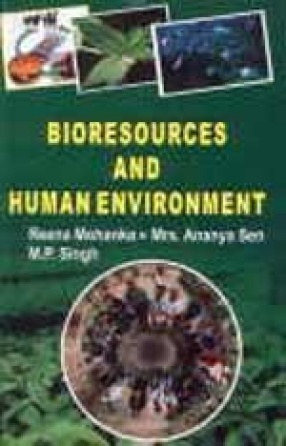
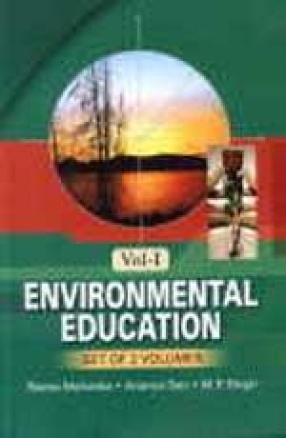
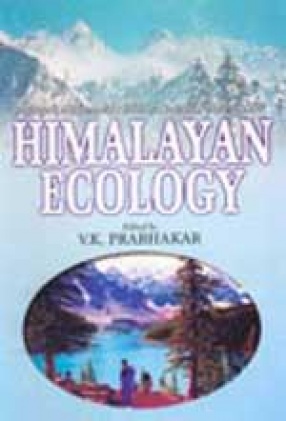
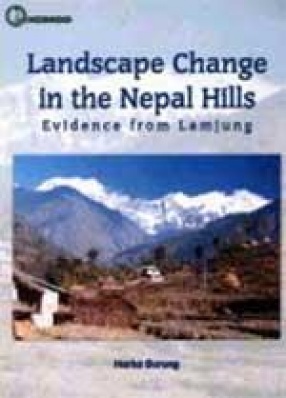

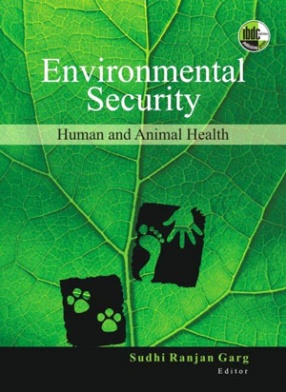

Bibliographic information
Ananya Sen